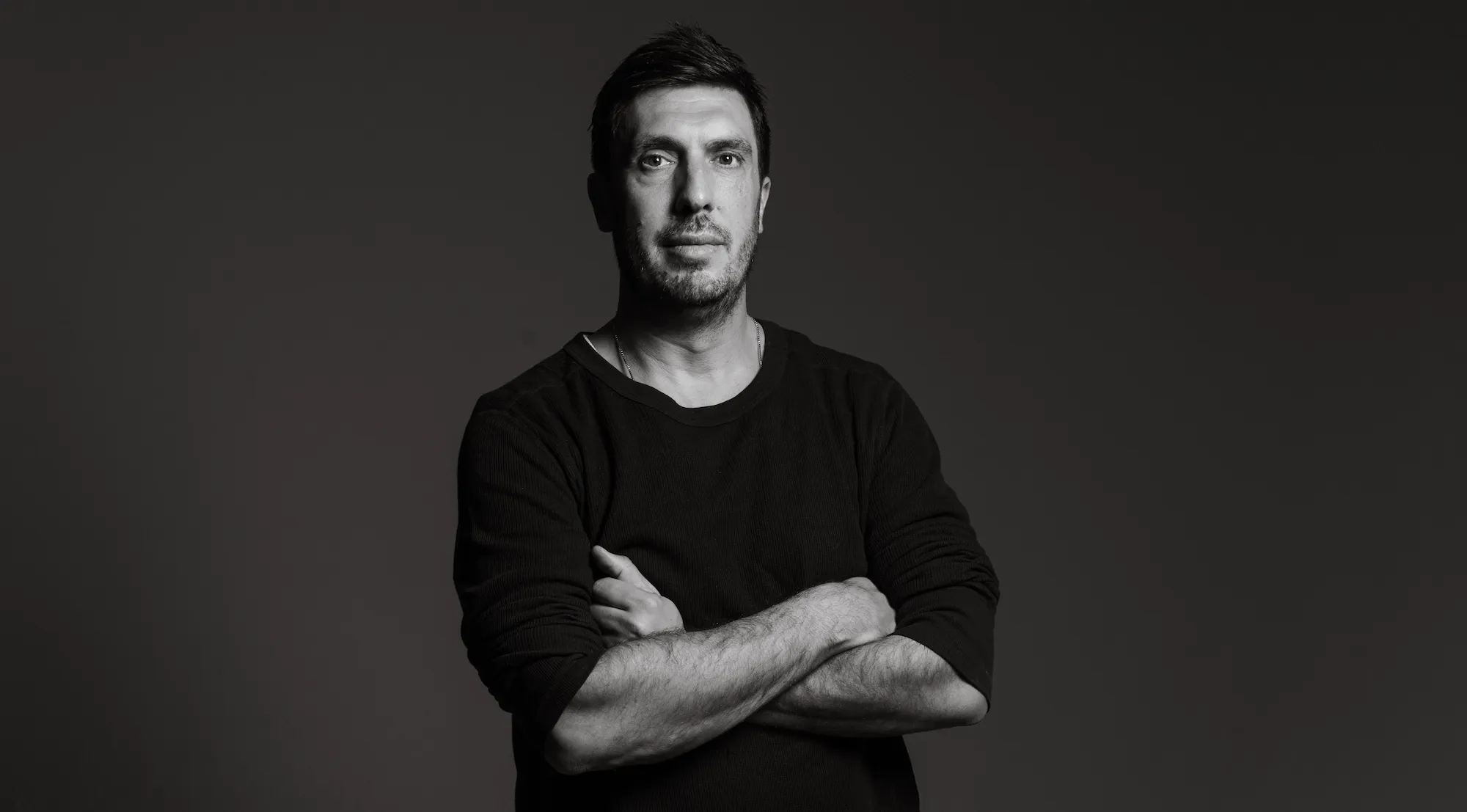A new study published in January 2019 and led by the University of Nevada, Reno School of Medicine (UNR Med) corrects a century-and-a-half-old theory about how sperm are transported within the male body. The findings could lead to new treatments to address the issue of male infertility.
The findings are crucial, since in approximately one third of infertile couples, men are believed to be the primary cause for infertility. One such reason, says the Mayo Clinic, can be traced to “blockage in the testicle”.
First, though, a bit of background: Up until now, current knowledge has suggested that motile cilia, extensions of certain cells that operate more or less like eyelashes, have helped to propel sperm through areas of the male testis known as efferent ducts, tiny passages, narrower than sperm, that nonetheless must be navigated for the sperm to exit the testes. A major complicating factor: These sperm, when first produced, are not able to swim on their own.
Here’s where the motile cilia are believed to play a crucial role – by making their characteristic eyelash-beating motions, they essentially help the non-swimming sperm make their journey through the efferent ducts.
These cilia are found in many places in the human body. In the lungs, they clear mucus and debris from respiratory tracts. Within the nervous system, they propel fluid through the brain. In the ovaries, they help to move embryos from the ovaries to the uterus so that they can be successfully implanted.
However, according to the UNR Med study, which was published in the Proceedings of the National Academy of the United States of America (PNAS), the motile cilia in a man’s testes actually beat with constant changes in direction.
This goes against accepted wisdom of the behavior of cilia in fallopian tubes, where they are known to move in just one direction.
As a result, says lead researcher and professor Wei Yan, M.D., Ph.D., AAAS Fellow, department of physiology and cell biology at UNR Med, “[C]ilia function to stir things up instead of transport. If cilia stop beating, sperm will accumulate into clumps that block the efferent ducts. As a result, fluids build up, causing testicular damage and male infertility.”
This finding represents the first time that male infertility caused by a blockage in the efferent ducts has been reported in humans or animals, adds Yan.
Thankfully, Yan and his team of researchers also discovered that any pressure created by backed-up fluid can be mitigated by way of a straightforward surgical procedure – which, so far, has only been applied to mice. The surgery could one day be applied in such a way as to allow male fertility to completely recover.
But what took so long for this important discovery to finally come to light – when 150 years’ worth of books and papers on the subject indicated that motile cilia in efferent ducts were believed to move sperm cells in only one direction?
Rex Hess, a University of Illinois professor emeritus of comparative biosciences and a collaborator on the UNR Med study, minces no words in his explanation: “The textbooks were wrong. Cilia in the male don’t transport; they keep the sperm dancing.”
In a press release, Yan added that the research also proves critical due to its focus on microRNA, which is related to DNA. “In our study, we found that just two clusters of five microRNAs control the proper formation of motile cilia,” he says. “That is amazing.”
Yan and his team wound up disabling the microRNAs in their work on laboratory mice. When they did, they determined that this was the cause for sperm collecting into clumps that created efferent-duct blockages.
And because of a “lack of knowledge” about the structure of the efferent ducts, Yan adds, this condition has largely gone unnoticed and untreated – leaving many men to wonder as to the cause(s) of their infertility, which results in little or no treatment.
While the work performed and shared by Yan and his research team may usher in new and successful treatments, these procedures will likely not be implemented for some time to come, as the research must still go through several steps before treatments can be safely offered to humans.
In the meantime, the Legacy man can best protect his assets by first ordering a kit to collect and ship them to one of our clinics, where they will be analyzed by a certified lab technician and then cryogenically stored.


